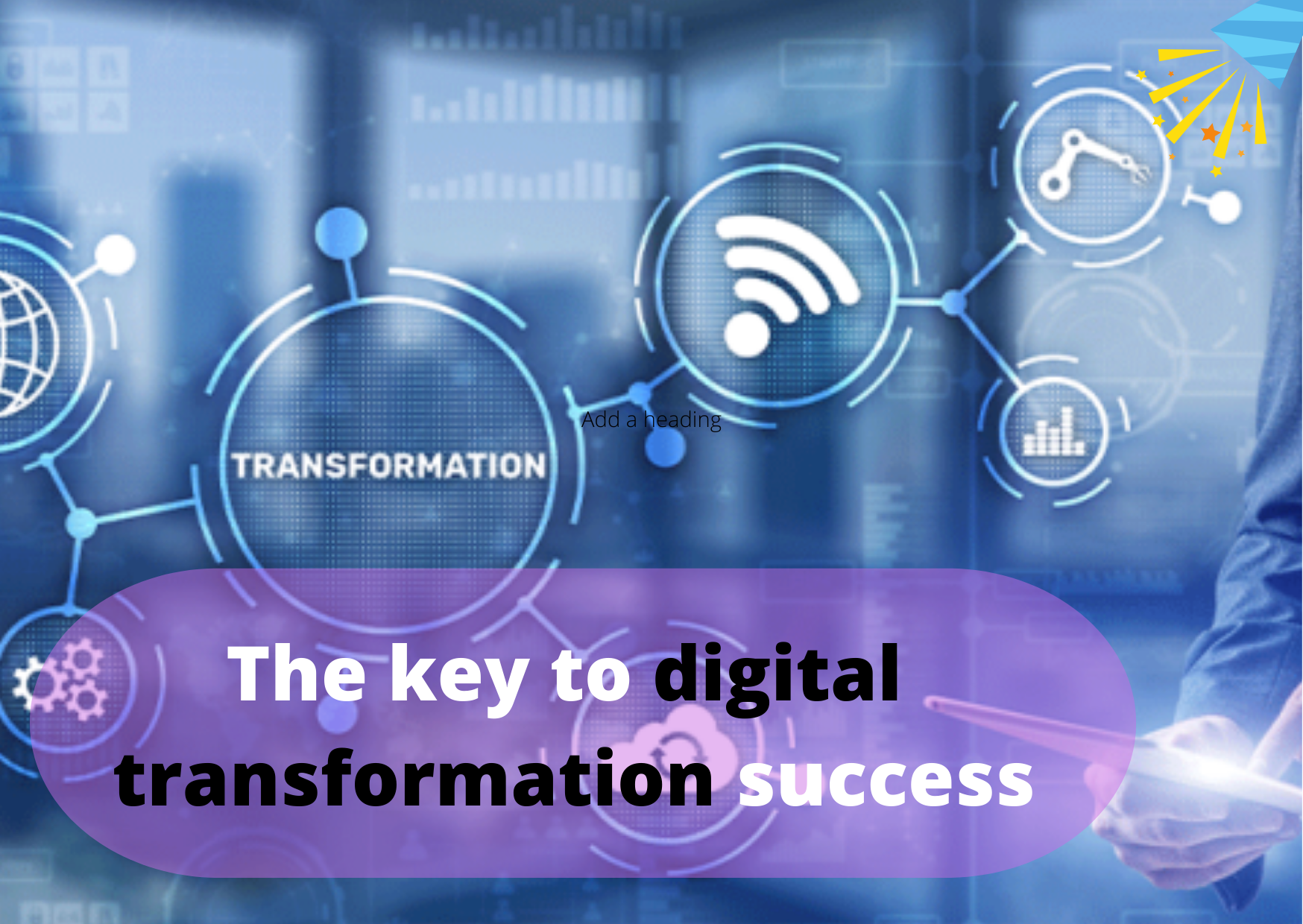As technology advances, competition increases, and new competitors challenge the incumbents, businesses split between winners and losers every decade. While only around a third of administrative transformations succeed in increasing and maintaining a company's performance, the rate of success of digitalization is significantly lower.
Definition:
Digital transformation is a systematic approach by which an enterprise redefines and improves itself by leveraging digital technologies to transform business and society as a whole.
The traits for success are classified as follows:
Leadership
Capability Development
Worker Empowerment
Tool Upgrades
Communication.
All of these areas indicate where and how businesses might begin to increase their odds of effectively implementing digital changes.
The Consequences of Digital Transformation:
The digital transformation isn't a simple process. Some of the consequences aroused by the process are:
To assist decision-making at the pace of business, analytics consumers require real-time analytics to drive operations from hyper-contextual information with the scalability of cloud computing.
Data is the one consistent denominator as firms adapt digitally and the boundaries between business activities and technology blur. Data technologies that really can permit data analysis in motion and data at rest are required by the synergy of many digital technology developments, such as real-time data analytics, event stream processing, artificial intelligence (AI), and the Internet of Things (IoT).
Decisions in digital business are becoming increasingly integrated, contextualised, and continuous. Most BI platforms employ 'constraints' to describe the relationships between items in various data tables and sources, as well as what questions could be used to address client queries.
Traditional corporate intelligence was never intended to compel action, much less to do so autonomously in real time. This necessitates a state of perpetual intelligence, which bridges the gap between current business events and available insights and actions.
The majority of current technologies are made up of a collection of solutions for data ingestion, delivery, analytics, collaboration, and storytelling that haven't been combined into a single pipeline.
Conclusion:
Digital revolutions necessitate a far more dynamic connection with data. One in which data is continuously fed into everyday activities, allowing users to interact with it in finding the balance at any time, resulting in real-time awareness of all facets of the market. All of the problems come down to who oversees and implements the change initiative; an organization-wide programme requires the proper people from all levels. In today's work environment, that appears to be more challenging than ever.
